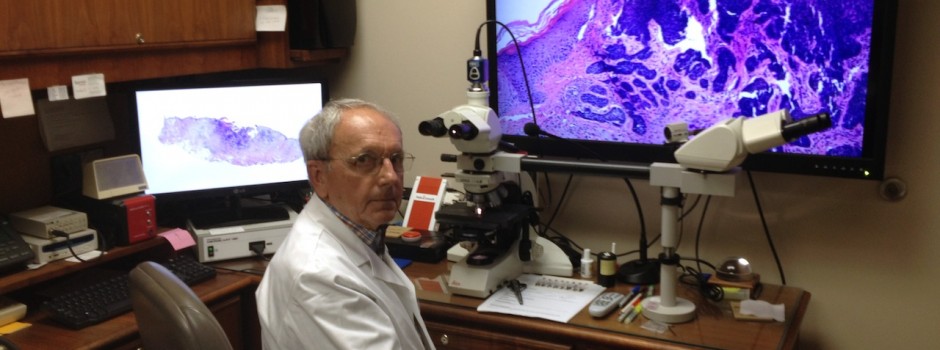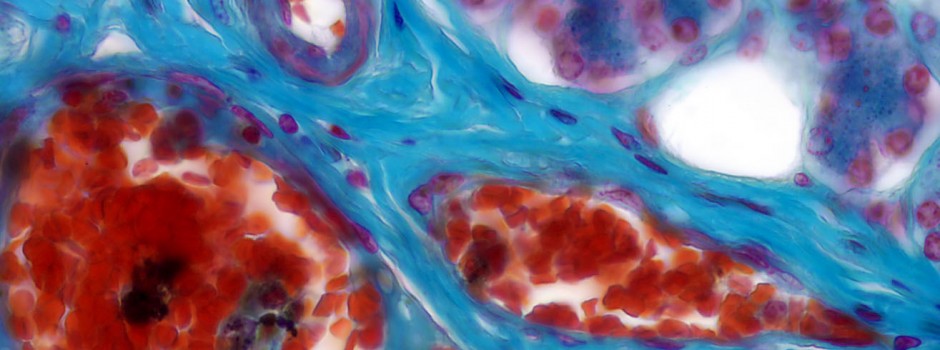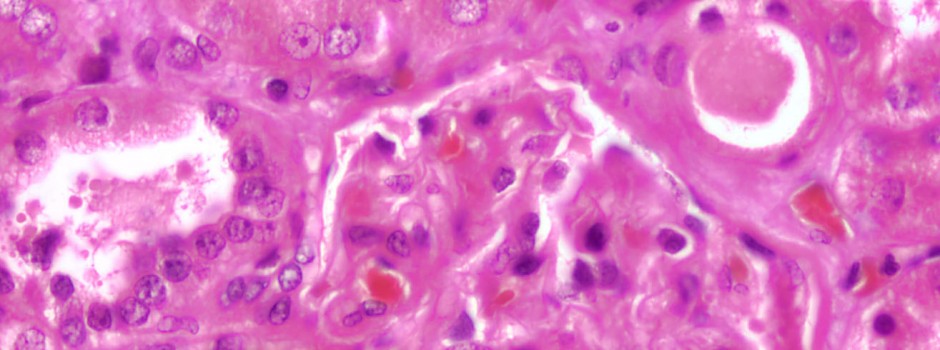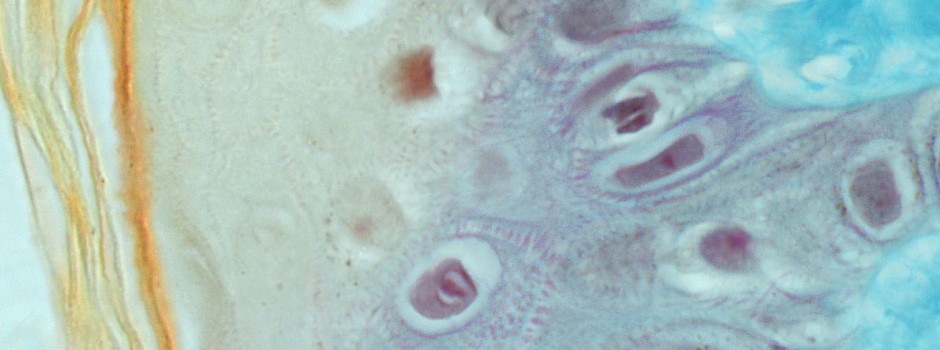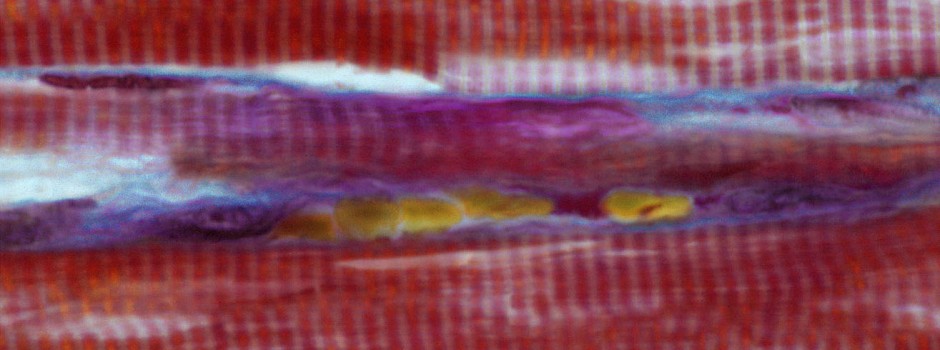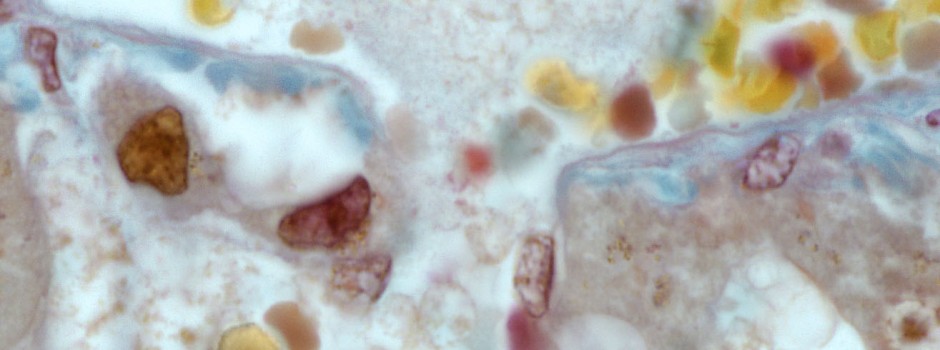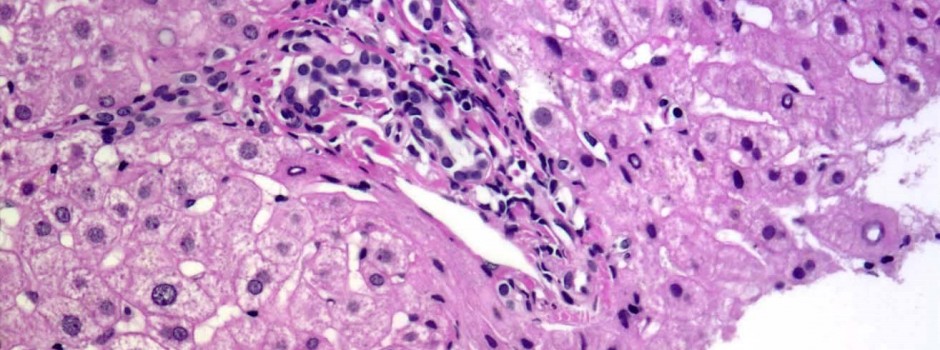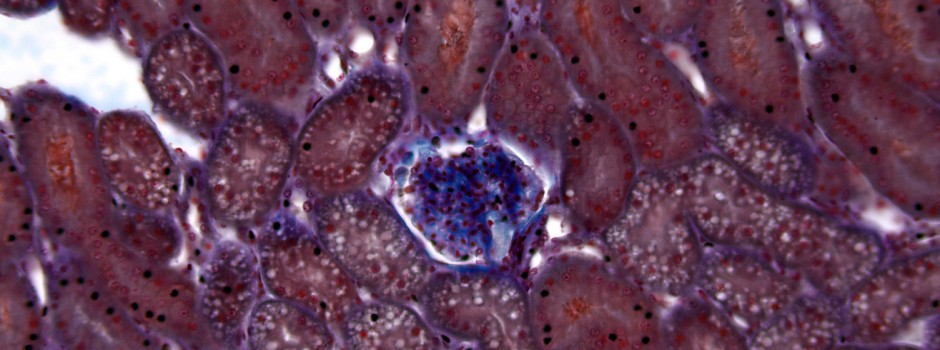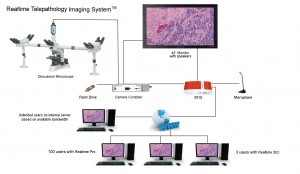Realtime Telepathology Imaging System™ (RTIS™) is our latest patent pending solution for communicating diagnostic quality images between pathologists and it is very simple to use.
The brain of RTIS™ is a special compression-decompression device (codec) with its own built in web server that allows users to use an Internet browser to view a live signal from a unique, fully automatic, high definition (HD) video camera. The camera attaches to any existing microscope via a ‘C’ mount and what you see through the eyepieces is what is being broadcast to remote observers. In order to see live streaming images, a commercial grade 42-inch HD monitor is also included. The large display monitor is essential for optimum visual impact. In this case, the significantly larger than life images have a profound impact on understanding what is actually being viewed. The images being broadcast can travel over the Internet or Intranet using your own server. Since no patient information is broadcast, it is HIPAA compliant.
The people who you communicate with simply view the live streaming video on their own computer monitors. All they have to do is type in the IP address of the Realtime Telepathology Imaging System™ using the URL address bar of their browser and watch.
All the broadcast operator does is control the microscope. What he sees on the large screen monitor is what is being broadcast. One simply uses a telephone or conference bridge to communicate audio back and forth. What could be simpler?
No software to learn, no complicated setup, no long term service commitments and no yearly maintenance fees.
This system compliments existing scanning technology, but offers the advantage of simplicity that is rarely found today. And unlike scanners, oil immersion lenses can be used with amazing clarity. This is the perfect tool for cytopathology, frozen sections, fine needle aspirations and high magnification applications.
Everyone involved benefits!
This system allows anything that you can view under a microscope to be shared. You can use any objective including oil immersion at any magnification with the RTIS™.
So Doctors, Hospitals, and Clinics can consult with specialized clinical pathologists who specialize in one type of pathology such as hematology or microbiology.
Other pathologists such as Anatomical pathologists including surgical pathologists, cytopathologists, molecular pathologists and forensic pathologists will also benefit from better consultation.
In essence, anyone looking at blood, fluid, and tissue samples, which allows diagnoses of various illnesses, by looking for specific factors lacking or present in these samples can benefit from RTIS™.
Minimum required upload and download Ethernet (Internet) speed is 5 megabits per second which, for most people should not be an issue. For best performance 20 megabits download speed is recommended. Use www.speedtest.net to see if you qualify. Widescreen computer monitors and high performance display cards are a must for optimum viewing performance for remote viewers. Having QuickTime 7 player is also recommended.
The Realtime Telepathology Imaging System™ ranges in price from $10,000.00 – $18,000.00. Camera configuration and monitor size can be tailored for space requirements.
There are no yearly fees or software upgrades to contend with, ever. There are no special servers to connect through. THIS IS A SIMPLE SOLUTION for communication of images between consulting pathologists and or technicians.
Price includes RTIS™, HD color video camera (1920×1080), 42 inch wide screen monitor, microphone, software and installation and training. Individual components are available but we prefer to offer it as a complete system.
Unlike digital slide scanners the FDA has no restriction on the use of HD video for primary or secondary diagnosis. Since no patient information is being broadcast RTIS™ is HIPAA compliant.
- Will this technology become obsolete?
- How long will this equipment last?
RTIS™ technology uses HD video not digital camera technology. See http://en.wikipedia.org/wiki/High-definition_television
Unlike digital cameras that rely on software ‘drivers’ there is no chance that the camera can become obsolete. It does not require a computer to operate just a display monitor. Since it generates a industry standard HD 1920×1080 P, 60 frames per second signal it can be displayed or captured by any number of existing and yet to exist monitors, frame grabbers, printers, projectors, codec’s, etc.
The camera has been manufactured for 5 years. Our supplier has been in business manufacturing cameras for 26 years. Its parent company is over 50 years old. Before the camera was offered in the US over 3,000 units were sold in Europe. The camera is designed for both surgery and pathology and is still considered the ‘gold’ standard by surgeons and pathologists. It has no real equal. That is why we use it.
RTIS™ uses internet IP address’s to communicate software upgrades so like the HD video camera it cannot become obsolete because it is not dependent on software ‘drivers’. The internet is here to stay and as it gets better, faster and smarter our technology will evolve. The manufacturer of RTIS™ was rated one of the fastest growing companies in 2009. It is an OEM that has over 10,000 customers worldwide, NASA being one of the largest. Air traffic control was one of the first uses for a similar product they manufacture. Air traffic control is not a market willing to accept rapid obsolescence or unreliability.
The video signal we use is exactly like the signal coming from local television stations. Until something replaces HD video this technology will be used and seen for years to come.
Video cameras can last over 25 years. The manufacturer guarantees parts for a minimum of five years after it is discontinued. There are no plans to discontinue this product for at least another 5 years. So how long will our cameras last? 10 years, minimum. The product is solid state, so unless it is dropped in the water, its life expectancy can be 25 years or more. The camera supplied is not a ‘camera of the month’ consumer product. The camera manufacturer has ISO 9001 certification.
The same can be said for the HD professional grade monitors we offer. These are designed to be operated 24 hours a day 7 days a week. The monitors are offered by the same manufacturer that supplies airports, shopping malls and retail business’ digital signage. All offer the highest chromaticity and are color calibrated to one another from matching image quality and contrast.
RTIS™ has no real rivals and expected life is 10 years, minimum. Spare parts will be available for a minimum of five years if discontinued. RTIS™ has multiple patents and we have a ‘patent pending’ for the entire ‘system’. The RTIS™ uses H.264/MPEG as well as a host of other compression algorithms for video transmission and unless someone creates new technology this is as good as it gets. See http://en.wikipedia.org/wiki/H.264/MPEG-4_AVC
Major Application Areas
Frozen Sections
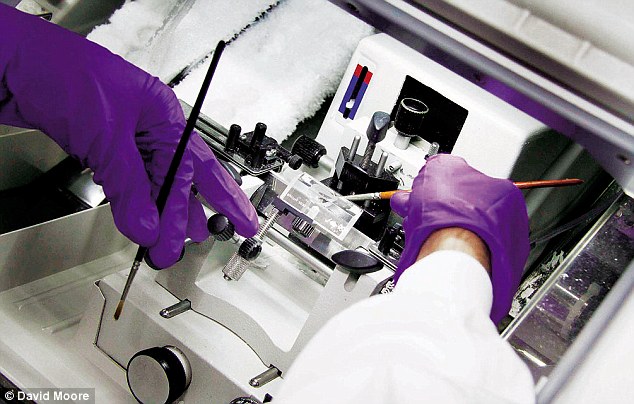
RTIS™ is the technology you have been waiting for since you first started your practice . . .
The frozen section is a pathological laboratory procedure designed to perform rapid microscopic analysis of a specimen.
The intraoperative consultation report given by the pathologist is usually limited to “benign” or “malignant” and communicated to the surgeon operating via intercom or telephone. RTIS allows…
Fine Needle Biopsies

RTIS™ is the technology that lets you finally think out of the box . . .
Fine-needle aspiration biopsy (FNAB, FNA or NAB), or fine-needle aspiration cytology (FNAC), is a diagnostic procedure used to investigate superficial lumps or masses.
Fine-needle aspiration biopsies are minor surgical procedures. Today, this procedure is widely used in the diagnosis of cancer and the RTIS™ allows quick…
Cytopathology
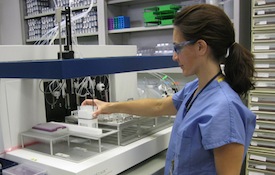
RTIS™ is the technology that you could only dream about in Medical School . . .
Cytopathology is a branch of pathology that studies and diagnoses diseases on the cellular level. Sometimes when time is critical samples must be sent off to separate labs for consultation. RTIS™ allows rapid sharing of cytopathology samples between pathologists aiding in instant confirmation rather than waiting hours or days for a report that often lacks detailed…
Learn More
